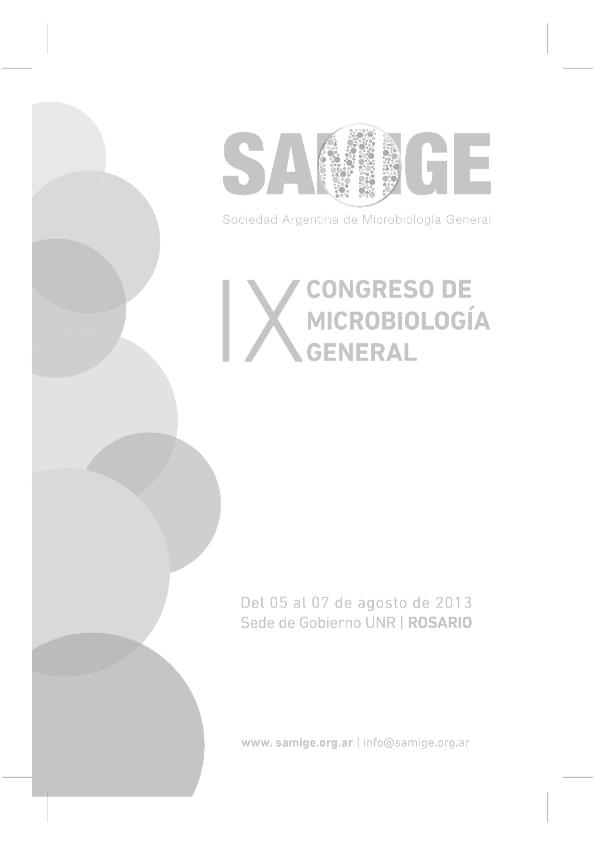Evento
Insect guts as source of efficient cellulases producing bacteria
Manfredi, Adriana Paola ; Etchegorry, Victor Daniel
; Etchegorry, Victor Daniel ; Martinez, Maria Alejandra
; Martinez, Maria Alejandra ; Perotti, Nora Ines
; Perotti, Nora Ines
 ; Etchegorry, Victor Daniel
; Etchegorry, Victor Daniel ; Martinez, Maria Alejandra
; Martinez, Maria Alejandra ; Perotti, Nora Ines
; Perotti, Nora Ines
Tipo del evento:
Congreso
Nombre del evento:
IX Congreso Nacional de Microbiologia General
Fecha del evento:
05/08/2013
Institución Organizadora:
Sociedad Agentina de Microbiologia General;
Título del Libro:
IX Congreso Nacional de Microbiologia General
Editorial:
Sociedad Agentina de Microbiologia General
Idioma:
Inglés
Clasificación temática:
Resumen
Plant biomass contains the most abundant biopolymers on the planet, including cellulose, and has been recognized as a potentially sustainable source for biofuel production. Bacterial cellulases are a key tool in order to achieve an efficient utilization of such biomass. In nature, many insects feed on plant biomass. Among other resources, they carry complex microbial consortia symbiotically living in their intestines to digest lignocellulosic material. Here, we report the use of guts of insects belonging to Lepidoptera and Coleoptera as a source of glucanase producing bacteria. Different culture media, both rich and oligotrophic were supplemented with carboxymethylcellulose (CMC), sugar cane bagasse or filter paper. They were inoculated with macerated intestines and cultured under aerobic conditions. After successive subcultures during two months, we obtained several bacterial populations capable of degrading the substrates assayed. Individual colonies were isolated on agar plates with CMC and Congo Red to reveal endoglucanases, and filter paper in liquid media as indicator of exoglucanases. Over 350 isolates, an important proportion (ca. 58%) showed significant hydrolysis halo using Congo Red. However, only 48 isolates (ca. 13%) were selected on the basis of endoglucanase activity determined by the 3,5-Dinitrosalicylic acid (DNS) method, with values between 0.01 to 1.5 U / mL, and / or by their ability to degrade partially or totally paper filter. Bacterial isolates were taxonomically characterized by means of sequence analysis of the 16S rRNA gene. A remarkable prevalence of Firmicutes was observed (> 85%), with 51.2% of isolates related to Bacillus spp. and 12.2% to Paenibacillus spp., 17.1% to Brevibacillus spp., and 2.4% to Staphylococcus spp. Also, a few isolates related to other phyla were also selected (Beta and Gamma proteobacteria and actinobacteria). Nonetheless, it is clear that the methodology used restricts the selection of bacteria to those which enzymatic activity is extracellular, mainly on CMC as substrate and within the limited sensitivity of the DNS method.
Palabras clave:
Hydrolases
,
Cellulases
Archivos asociados
Licencia
Identificadores
Colecciones
Eventos(PROIMI)
Eventos de PLANTA PILOTO DE PROC.IND.MICROBIOLOGICOS (I)
Eventos de PLANTA PILOTO DE PROC.IND.MICROBIOLOGICOS (I)
Citación
Insect guts as source of efficient cellulases producing bacteria; IX Congreso Nacional de Microbiologia General ; Rosario; Argentina; 2013; 1-2
Compartir



